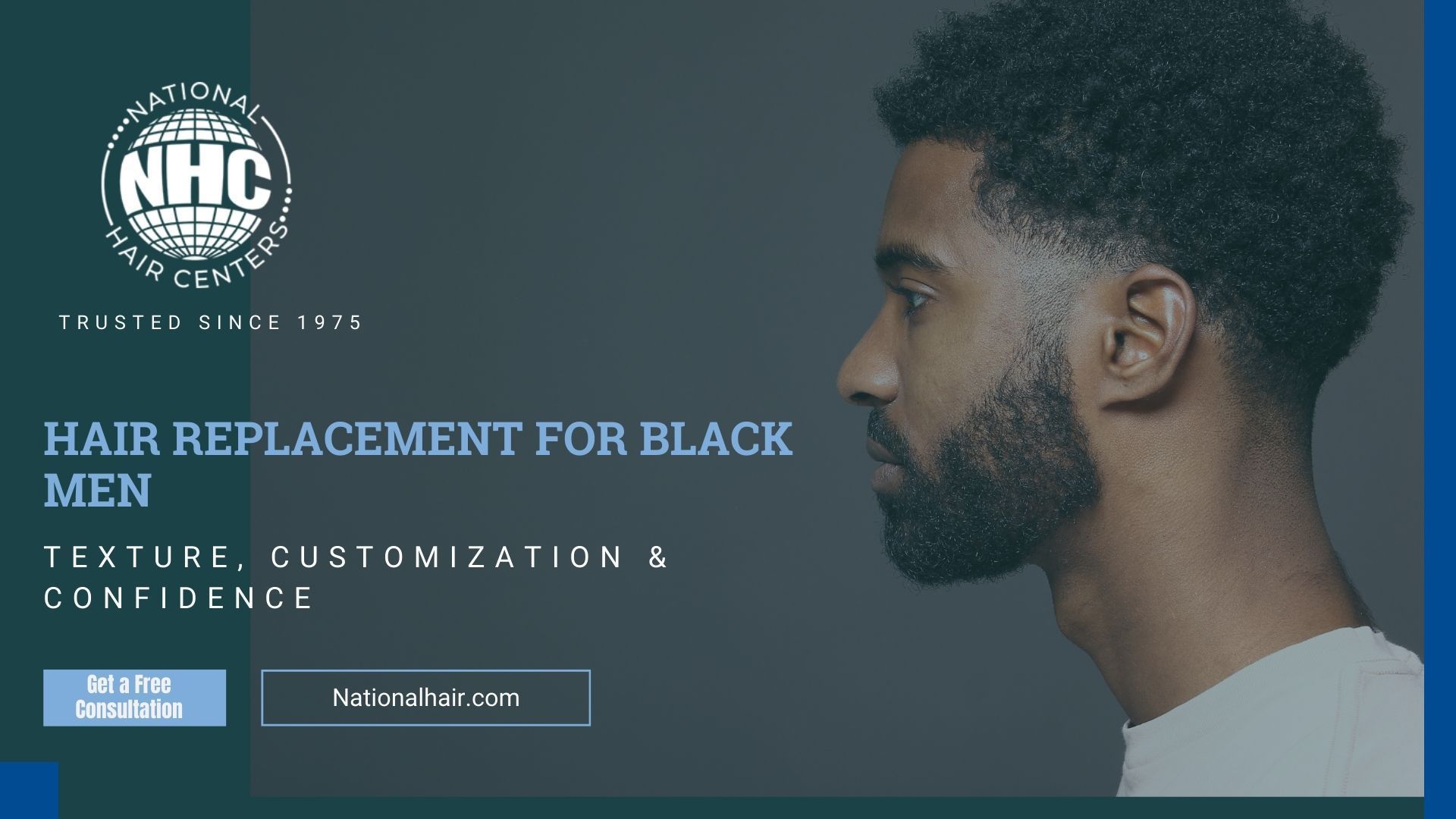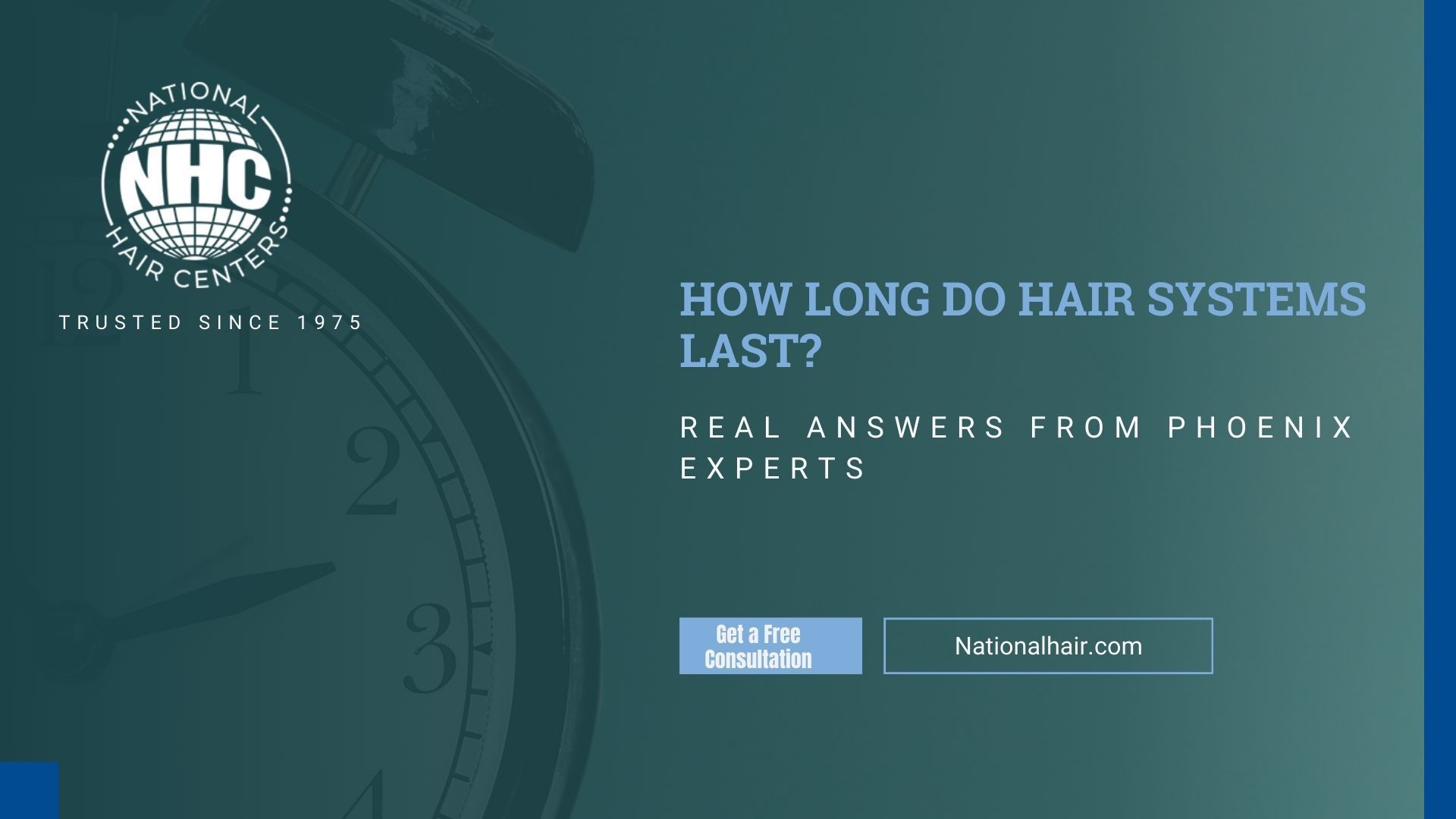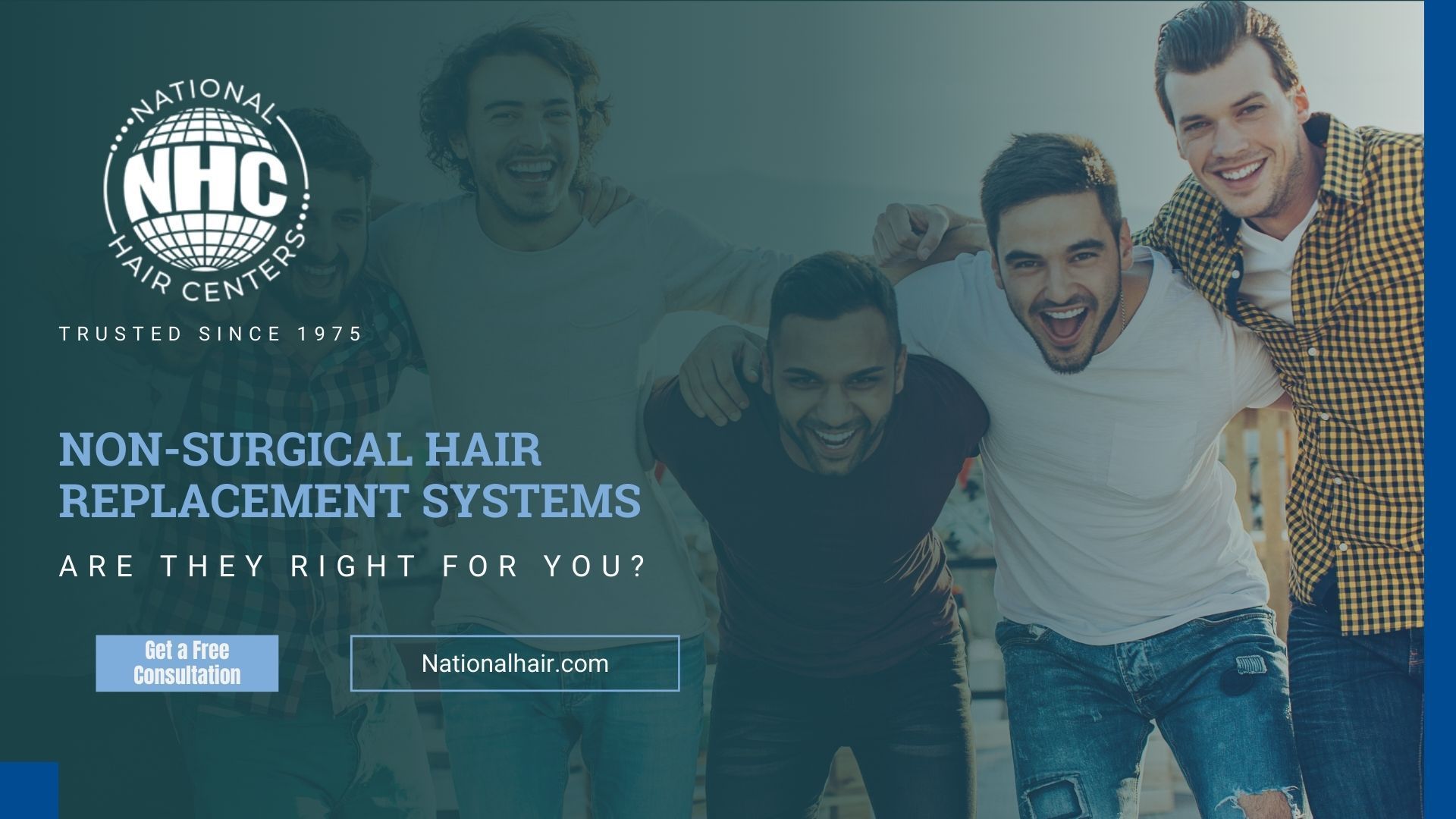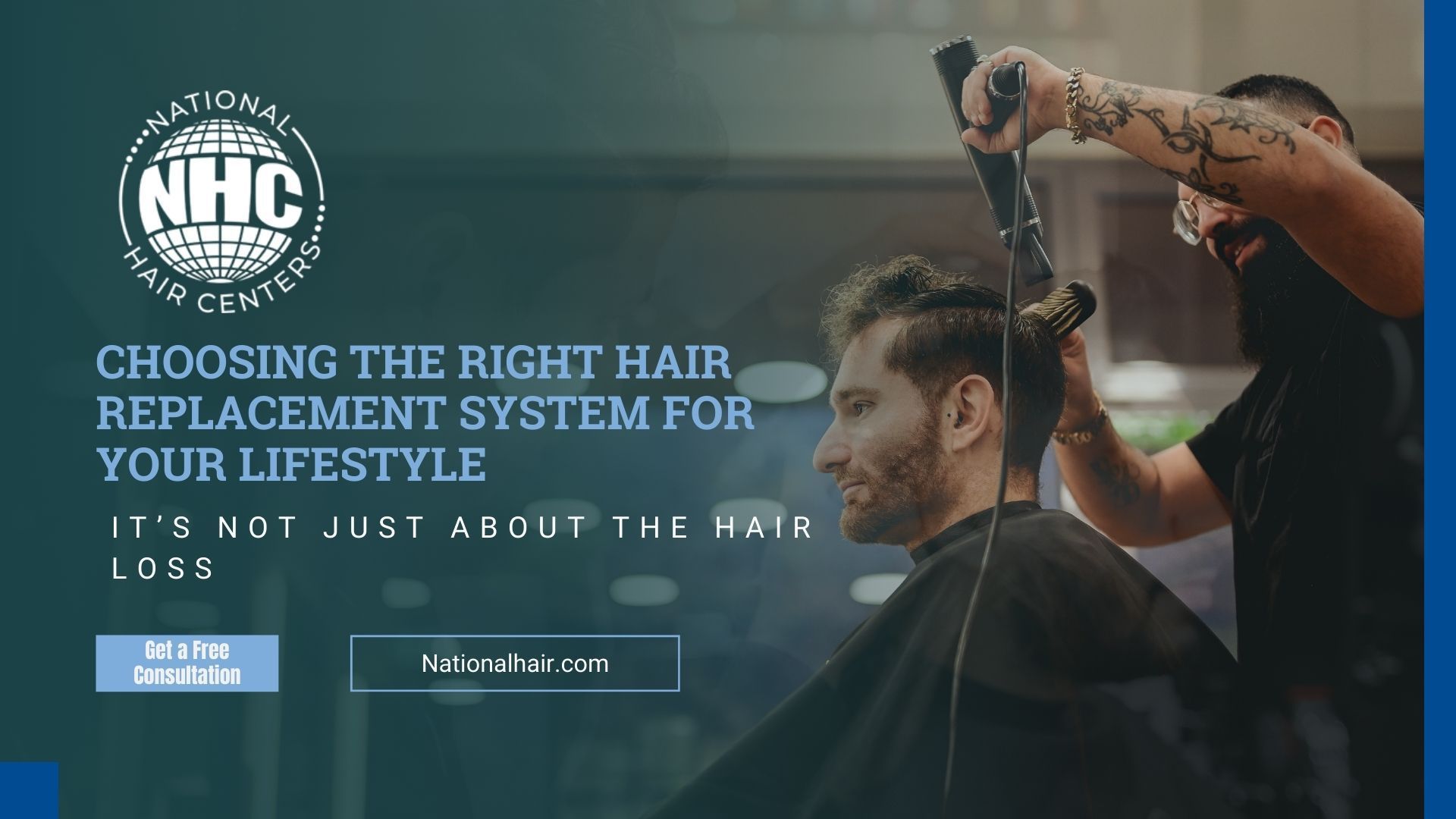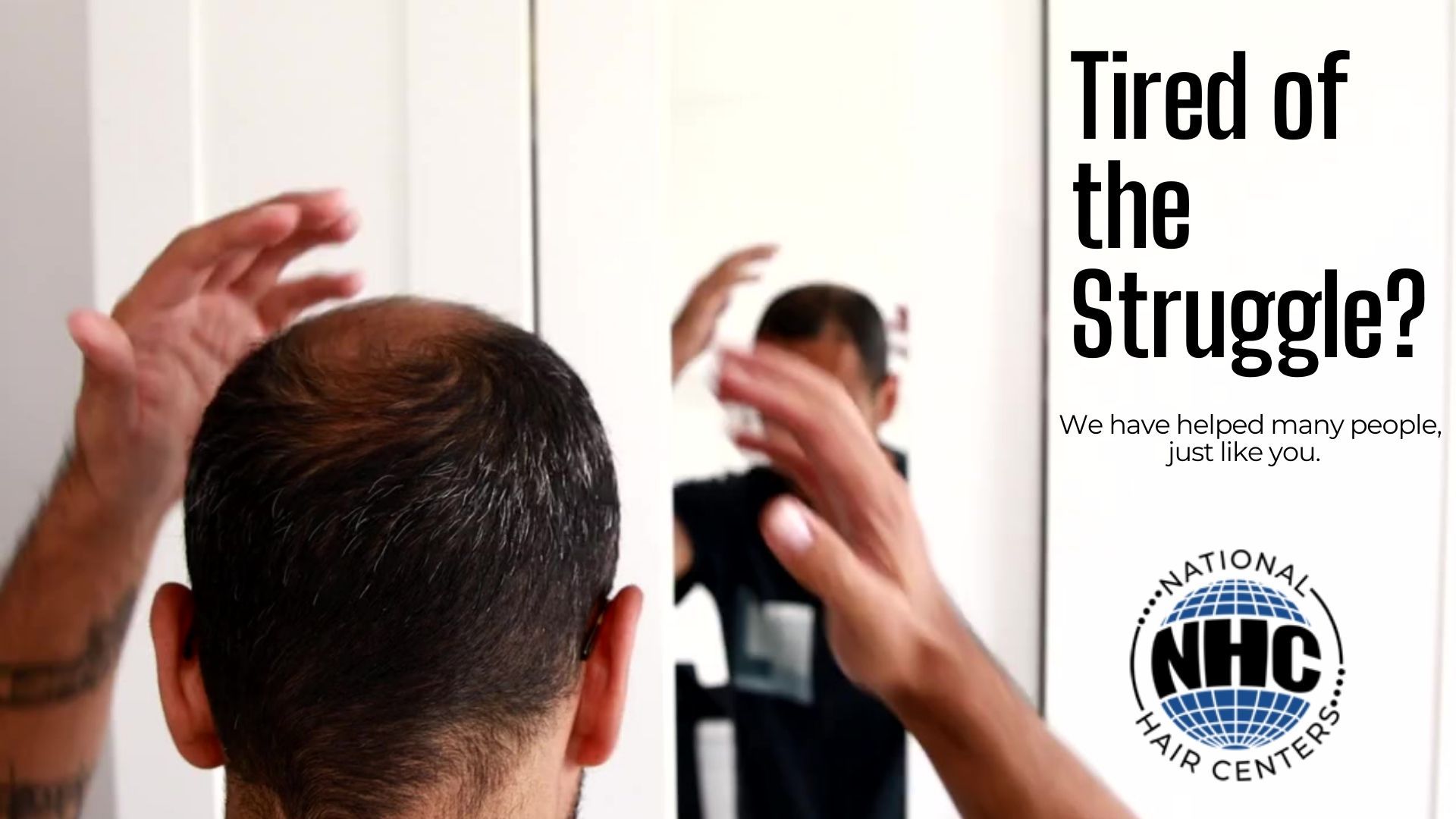Hair Replacement Costs: What to Expect
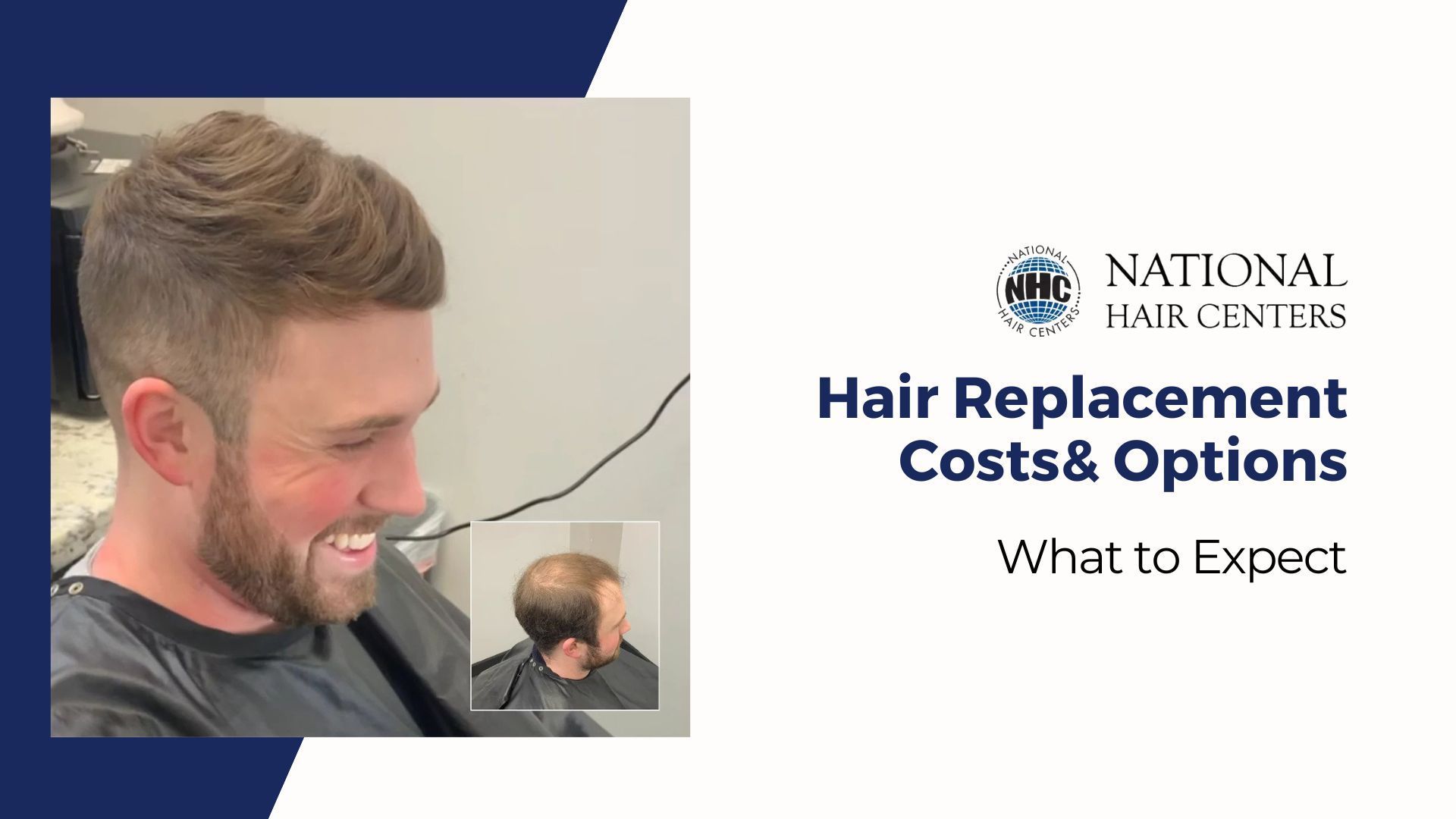
The Frustration of Hidden Costs in Hair Replacement
Exploring hair replacement options can be a daunting task, especially when it comes to understanding the costs involved. Many providers seem to withhold pricing information, making it difficult to budget and plan ahead. Instead of providing clear cost details online, they insist on scheduling a consultation where they can upsell their services before giving you any concrete numbers. This lack of transparency can leave you feeling frustrated and uncertain about how to proceed. We believe you deserve to know what to expect, so let's break down the costs associated with different hair replacement options.
Why It's Hard to Give a Ballpark Number
One of the main reasons it's difficult to provide an upfront cost estimate for hair replacement is the wide range of factors that contribute to hair loss and the variety of treatment options available. Your specific situation could require anything from simple, low-cost treatments like a $30/month pill or topical solution to high-end surgical procedures that can range from $40,000 to $60,000.
In between these extremes, there are numerous options like hair systems, which can vary greatly in price based on quality, style, and maintenance needs. These can start as low as $100 per service but can increase depending on your desired look and frequency of upkeep. This variability makes it essential to have a personalized consultation to determine the most effective and affordable solution for you.
5 Hair Treatment Options: Prices, Pros, and Cons
When considering hair replacement, it's essential to understand the range of options available and their associated costs. Here’s a detailed look at five popular hair treatment methods, including their price ranges, benefits, and drawbacks.
1. Topical Hair Loss Treatments
Topical hair loss treatments are often the first step for many experiencing hair loss. These include lotions, shampoos, and foams applied directly to the scalp.
- Price Range: $30 - $50 per month
- Pros: Non-invasive, easy to use, affordable
- Cons: Requires consistent application, results vary, not a permanent solution
2. Oral Hair Loss Medications
Oral hair loss medications, such as finasteride, are prescribed to treat hair loss from within, typically by blocking hormones that cause hair thinning.
- Price Range: $30 - $100 per month
- Pros: Convenient, effective for many users
- Cons: Possible side effects, requires ongoing use
3. Laser Hair Loss Therapy
Laser hair loss therapy involves using low-level lasers to stimulate hair follicles and promote growth. It's a non-surgical approach gaining popularity for its ease of use. We sell the medical grade systems that requires a doctor to sell these systems. Some lower grade systems can be bought on Amazon, however, in our experience this systems are always effective.
- Price Range: $2500 and $3000 for an in-home system
- Pros: Non-invasive, can prevent further hair loss
- Cons: Requires multiple sessions, not effective for all types of hair loss, does not regrow hair.
4. Hair Replacement Systems (Wigs/Toupees)
Hair replacement systems offer immediate results by covering bald or thinning areas. They come in various qualities and styles to match natural hair.
- Price Range: $200 - $4,000 per system
- Pros: Immediate results, customizable, non-surgical
- Cons: Requires maintenance
5. Hair Transplant Surgery
Hair transplant surgery is a more permanent solution where hair follicles are moved from one part of the body to thinning or balding areas on the scalp.
- Price Range: $40,000 - $60,000
- Pros: Permanent solution, natural-looking results
- Cons: High cost, invasive, recovery time
By understanding these options, you can better determine which treatment aligns with your needs and budget, helping you make an informed decision about your hair restoration journey.
| Treatment Option | Price Range | Pros | Cons |
|---|---|---|---|
| Topical Treatments | $30 - $50 per month | Non-invasive, easy to use, affordable | Requires consistent application, results vary, not permanent |
| Oral Medications | $30 - $100 per month | Convenient, effective for many users | Possible side effects, requires ongoing use |
| Laser Therapy | $200 - $600 per session | Non-invasive, can stimulate hair growth | Requires multiple sessions, not effective for all types of hair loss |
| Hair Systems (Wigs/Toupees) | $100 - $3,000 per system | Immediate results, customizable, non-surgical | Requires maintenance, potential for discomfort, can be expensive over time |
| Hair Transplant Surgery | $4,000 - $60,000 | Permanent solution, natural-looking results | High cost, invasive, recovery time |
Why We Start with a Consultation
At National Hair Centers, we believe that understanding your unique hair loss situation is crucial to providing the best solution. Our hair loss consultations are designed to get to know your story, assess your needs, and discuss your goals. This personalized approach allows us to recommend the most effective and budget-friendly treatment options tailored specifically for you. Because we offer every solution at our clinic, we are able to match you to a custom treatment option.
Tell Us About Your Budget
Ready to explore your hair replacement options? Use the form below to tell us about your budget, and we'll provide a detailed breakdown of what you can expect. Let us help you find the best solution to restore your hair and confidence.
Budget Analyzer
